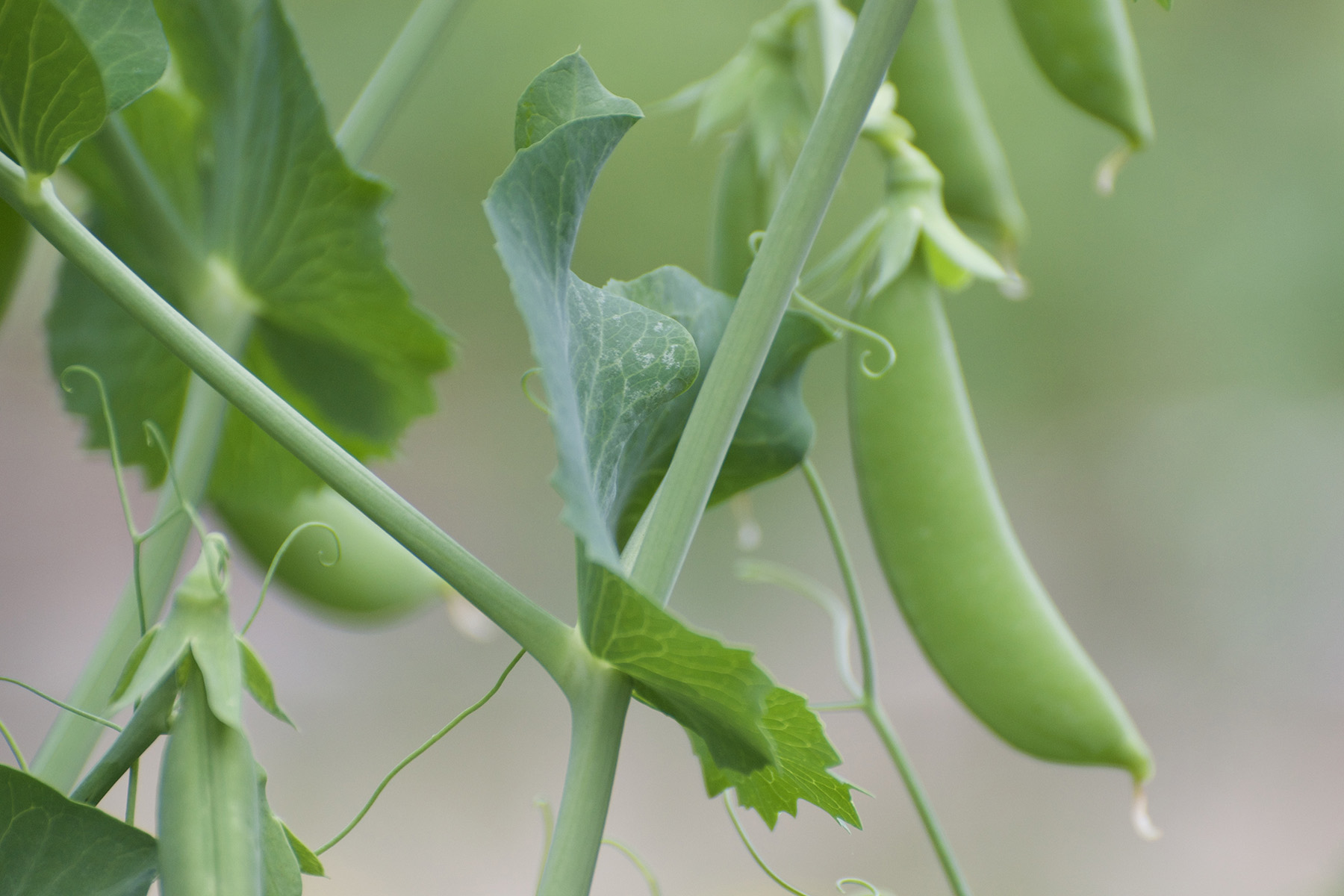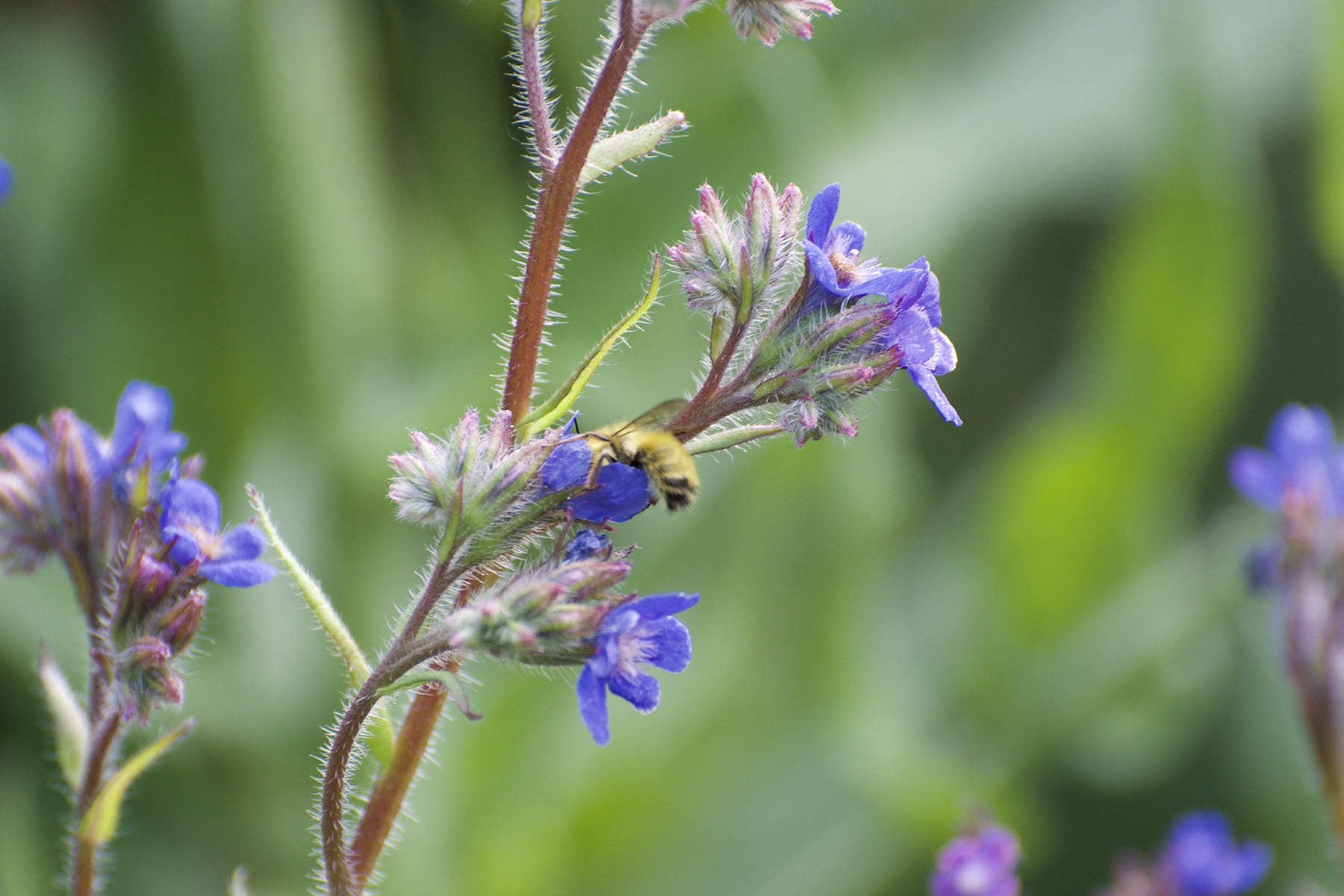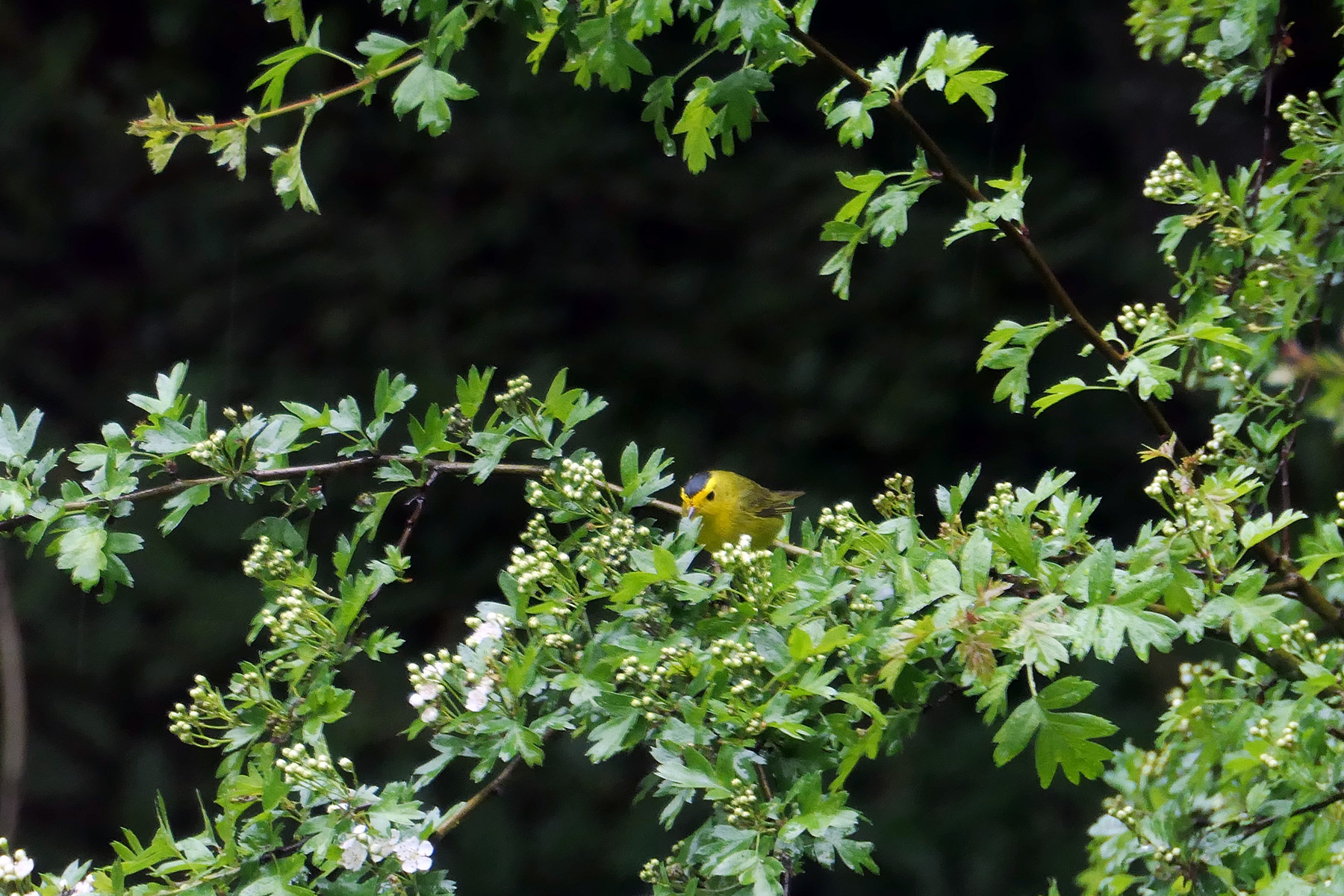“A ray of sunshine” is one way to describe a bit of good news. I saw that sunny yellow reflected in the gold medal recently awarded to a brave rat.

You read that right, I am reporting on Magawa, the HeroRat. To date he has found 39 landmines and 28 items of unexploded ordnance in Cambodia. Over the past 4 years he has helped clear over 141,000 square meters of land (the equivalent of twenty football fields), allowing local communities to live, work and play without fear of losing life or limb.

Actually I am introducing a general program, APOPO, that breeds and trains rats for multiple important purposes: detecting landmines, identifying tuberculosis in people, and sniffing out illegally trafficked wildlife. APOPO is an acronym from Dutch which stands for “Anti-Persoonsmijnen Ontmijnende Product Ontwikkeling“, or in English, Anti-Personnel Landmines Detection Product Development. The idea to use rats was born in the mid 1990s in Holland, the choice to train African Giant Pouched rats based on their longevity and origins in Africa where the work was to be done.

Rats get rewarded with treats like ripe, yellow bananas when they detect the correct scent (associated with explosives, or TB or pangolins, one of the most smuggled endangered species) in the lab. Eventually they will do the same in the field, with a speed that escapes their human counter parts, and with more accuracy in detection, as it turns out. Rats can check on 100 TB samples in 20 minutes, for example, which would take 4 days to be done by a doctor with a microscope. You can watch them here.

In 2000, APOPO established office and training facilities in Tanzania, and started developing what would be the most extensive training minefield in Africa in collaboration with local universities and the people defence forces. A year later they were approved by The Geneva International Centre for Humanitarian Demining (GICHD) and expanded to teach the rats to smell remote explosive, and soon started research into detecting tuberculosis via scent. In 2004 the first 11 rats passed International Mine Action Standards accreditation and began to operate in multiple countries in Africa and later Cambodia, Laos, Thailand and Vietnam. By 2015 a country like Mozambique was cleared of all landmines! By 2017 the mine action was invited to Colombia, South America.

Since the APOPO TB-detection research program began in 2007, the rats have checked more than 680.000 patient samples. They discovered 18.300 missed cases, helping not just those patients but preventing another 150,000 likely new infections. APOPO’s programs work within government health systems to support over 100 partner clinics in Tanzania, Mozambique and Ethiopia in their fight against TB. They find both, cases that have been missed – according to estimates of the World Health Organization (WHO), about half of the TB patients in these countries are ‘missed’ – and find TB among non-symptomatic but high-risk population ( like prison inmates.)

I think it is phenomenal to see something this life-saving to develop from the idea of a single person to a global organization in 2 decades. They surely had a lot of help on the way, from educational institutions to stay agencies to business initiatives to NGOs – individuals can and have helped, too – you can adopt a rat to support the program, for example.
It also stands in stark contrast to using animals to enact warfare in the first place. As I learned at the dinner table last night, when talking about today’s subject, B.F. Skinner spearheaded Project Pigeon during WW II. It aimed at using pigeons to guide missiles to their respective targets but apparently never took off. Video describing the idea can be found in this link.

Detecting illness by scent has become a hot topic in scientific study in general, with the hopes of finding helpful markers for diagnosis that avoid intrusive procedures for diseases as varied as cancer, Parkinson’s Disease, asthma and traumatic brain injury. Not all done by rats, of course. Dogs are involved, and electronic “noses,” devices that pick up and analyze scent.
I like to think of it though as if it looks like we’re moving from smelling a rat to have one smell us!

Since I don’t have my own photographs of banana loving rats (rats today are from the APOPO website), I’ll make do with random yellows from my archive that might deliver tasty bits to rats – sunflowers, canola, corn, pears, some odds and ends.
Music depicts rats in a variety of ways….
There was a gray rat looked at me
with green eyes out of a rathole.
“Hello, rat,” I said
“Is there any chance for me
to get on to the language of the rats?”
And the green eyes blinked at me, blinked from a gray rat’s rathole.
Rats away opens the second movement. Hear them scurry!





















































































































